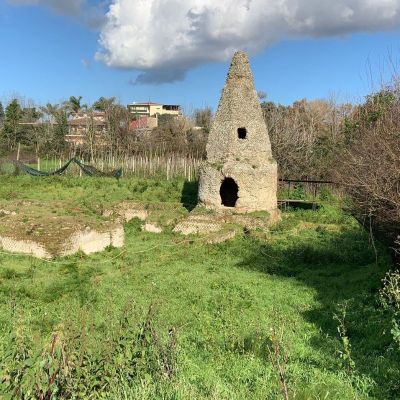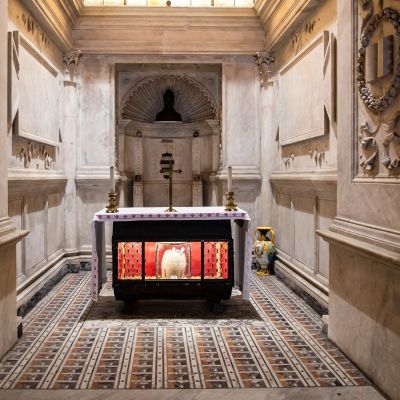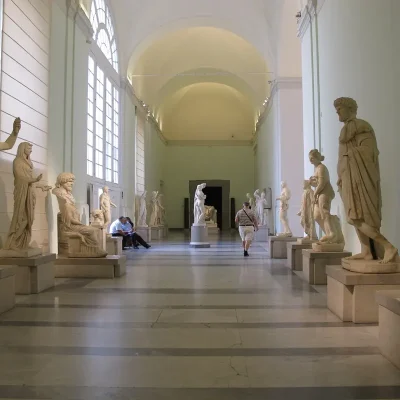Naples, a city rich in history and culture, holds a special place in its heart for San Gennaro, its patron saint. Beyond a religious figure, San Gennaro symbolizes hope, resilience, and unity for the Neapolitans.
His legend permeates every corner of the city, from the grandeur of its cathedrals to the vibrant hues of street art depicting his miracles. This article invites you on a journey to explore the life and legacy of San Gennaro, uncovering the deep connection between the saint and the city of Naples. We’ll delve into the history, the celebrated miracles, and the numerous sites dedicated to his memory, painting a picture of a city that thrives under the watchful gaze of its protector.
Table of Contents
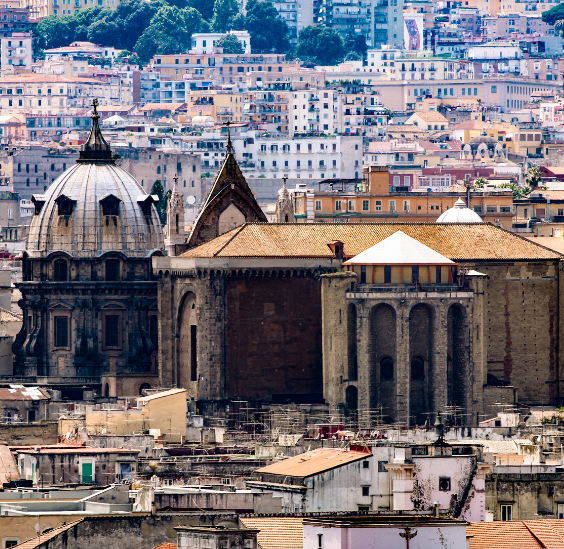
Who Was San Gennaro and His Time
San Gennaro, or Saint Januarius, is a figure deeply etched into the heart and soul of Naples. Living in the 3rd century AD, he was the Bishop of Benevento, a role he embraced during one of Christianity’s most turbulent periods. The Roman Empire, notorious for its persecution of Christians, presented a formidable challenge to San Gennaro’s mission.
According to legend, San Gennaro performed numerous miracles and acts of benevolence, from healing the sick to protecting his community from the impending doom of Mount Vesuvius. His defiance against the Roman authorities led to his arrest and eventual martyrdom, a sacrifice that would forever endear him to the people of Naples.
San Gennaro’s death did not mark the end but the beginning of a veneration that would grow stronger with each passing century. His blood, preserved in two glass vials, became the center of an enduring miracle that symbolizes his eternal watch over Naples. This relic, and the miraculous liquefaction it undergoes, serves as a testament to the saint’s continued presence and influence in the city.
The annual celebration of San Gennaro’s feast day on September 19th brings Naples to life in a vivid display of faith, tradition, and community spirit. It’s a day when the city unites to honor their protector, showcasing the enduring bond between the saint and his devoted followers.
San Gennaro’s legacy is not confined to the annals of history or the walls of the cathedral. It is a living, breathing presence that permeates the city’s culture, art, and daily life. His story is a beacon of hope and resilience, inspiring generations of Neapolitans to face challenges with faith and courage.

Why San Gennaro Is More Than a Patron Saint to Naples
For the people of Naples, San Gennaro transcends the traditional role of a patron saint. He embodies the spirit of the city, representing a beacon of hope, unity, and protection. This profound connection is rooted in centuries of lore, miracles, and collective experiences that resonate deeply with Neapolitans, both devout and secular.
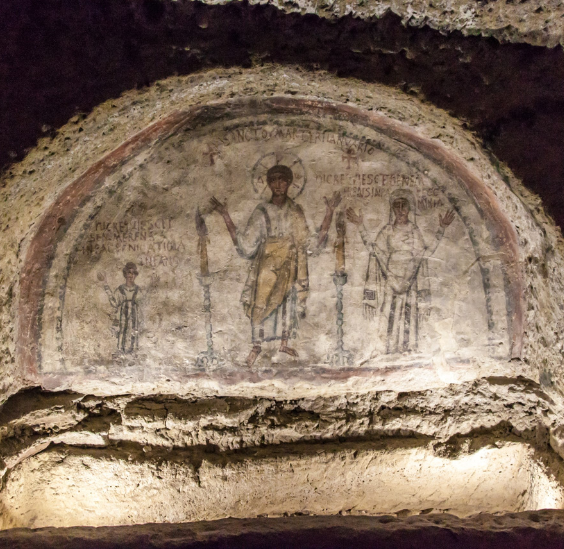
San Gennaro’s influence extends beyond the spiritual realm, intertwining with the cultural identity of Naples. He is seen as a guardian who has safeguarded the city through numerous calamities, including the devastating eruptions of Mount Vesuvius and the dark times of plague and war. The saint’s ability to unite a city known for its vibrant diversity and complex history is a testament to his enduring legacy.
The biannual miracle of the liquefaction of his blood is a focal point of this connection. It’s not merely a religious ceremony but a city-wide event that brings together people from all walks of life. The anticipation and collective hope for the miracle to occur reflect the communal spirit and the deep-seated belief in San Gennaro’s protective powers. When the blood liquefies, it is seen as a good omen, reinforcing the bond between the saint and his city.
Moreover, San Gennaro’s day is a celebration of Neapolitan culture, featuring processions, music, and traditional foods, which highlight the joyous community spirit. Through these celebrations, the legacy of San Gennaro seamlessly blends with the daily lives of the people, making him an integral part of Naples’ cultural fabric.
featured tour
Tresures of Naples: Seven Works of Mercy and St. Gennaro Chapel
Marvel at three Neapolitan masterpieces of art and architecture in one tour with this distinctive culture-focused itinerary. Start your journey at the Sansevero Chapel, where you will be captivated by the “Veiled Christ,” an extraordinary sculpture. Continue your walk through Naples’ historic center to the Church of the Pio Monte della Misericordia, which houses Caravaggio’s magnificent “Seven Works of Mercy.” Conclude your tour at the city’s cathedral, where you can admire the baroque chapel dedicated to San Gennaro. This walking itinerary highlights Naples’ premier art and architectural wonders. Explore alongside a guide for deeper insights into the city’s cultural gems, and enjoy the lively historic center as you move from one attraction to another. For a personalized experience, customize your route and pace with a private tour and a dedicated guide.
The Famous Miracle of San Gennaro and the Festival
The Miracle of San Gennaro holds a place of mystique and reverence in the heart of Naples. Twice a year, on the saint’s feast day in September and the first Saturday in May, the city collectively holds its breath as the dried blood of San Gennaro, contained within sealed glass vials, is expected to liquefy. This event, steeped in tradition and mystery, is seen as a powerful sign of the saint’s ongoing benevolence towards Naples.
The festival surrounding this miracle is a vibrant testament to the city’s rich cultural heritage. Streets are adorned with decorations, stalls overflow with local delicacies, and the air is filled with music and prayers, creating an atmosphere of celebration and reverence. The procession of the relic through the city is a pivotal moment, drawing thousands of faithful and spectators, all eager to witness this ancient tradition.
The significance of the miracle transcends the boundaries of faith, becoming a symbol of hope, unity, and resilience for the entire community. It’s a time when the past and present merge, as modern Neapolitans connect with centuries-old traditions, reinforcing their identity and collective strength.
Critics and skeptics might question the phenomenon, yet the importance of the event lies in its ability to unite people, offering them a moment of reflection, joy, and communal pride. Whether or not one believes in the physical miracle, the undeniable miracle is the enduring spirit and unity of Naples, celebrated with fervor every year in honor of San Gennaro.

The Most Important Artistic Artifacts Connected to San Gennaro
Naples’ devotion to San Gennaro is not only expressed through festivals and traditions but also in the myriad of artistic artifacts that adorn the city, each telling a story of faith, artistry, and history. Among these, several stand out for their historical significance and beauty, drawing visitors from around the world.
#1 The Relics of San Gennaro
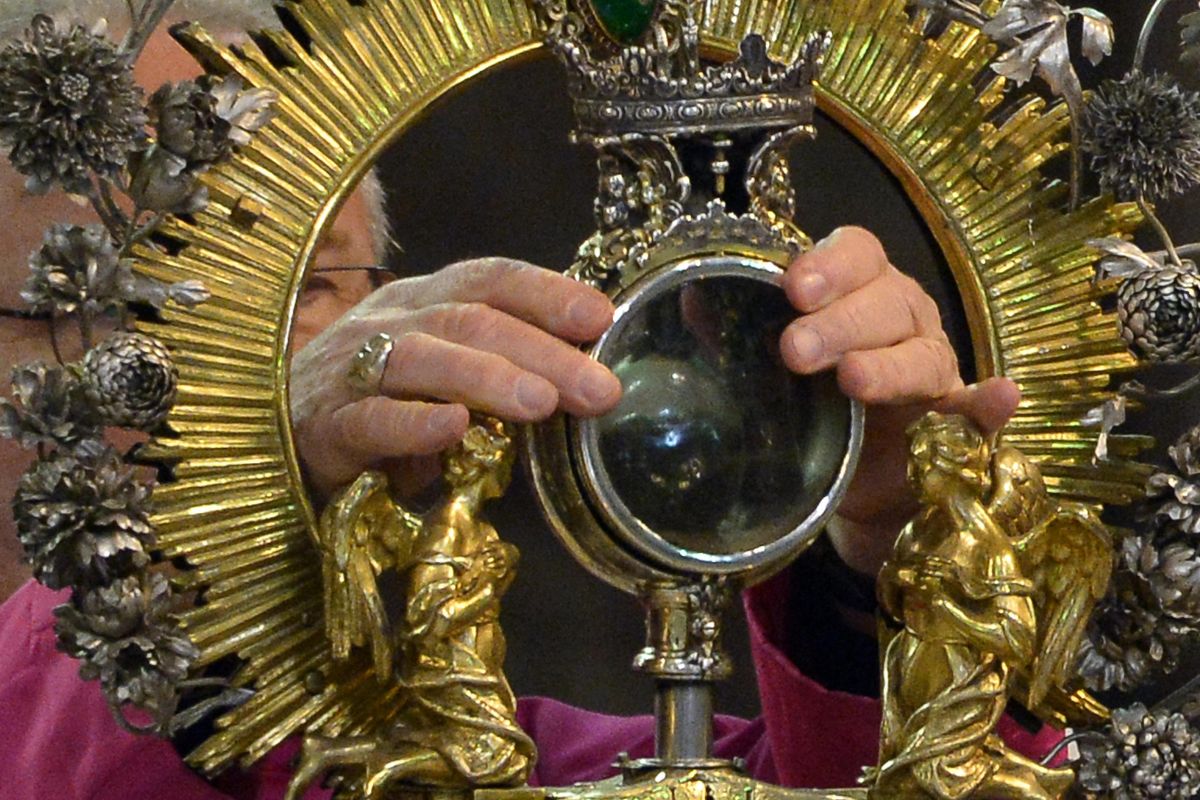
The most venerated artifacts are the saint’s relics, including the vials of his blood and his skull, housed in the Cathedral of Naples (Duomo di Napoli). These relics are not only central to the miracle of blood liquefaction but also serve as powerful symbols of San Gennaro’s enduring presence in the city.
#2 The Treasure of San Gennaro
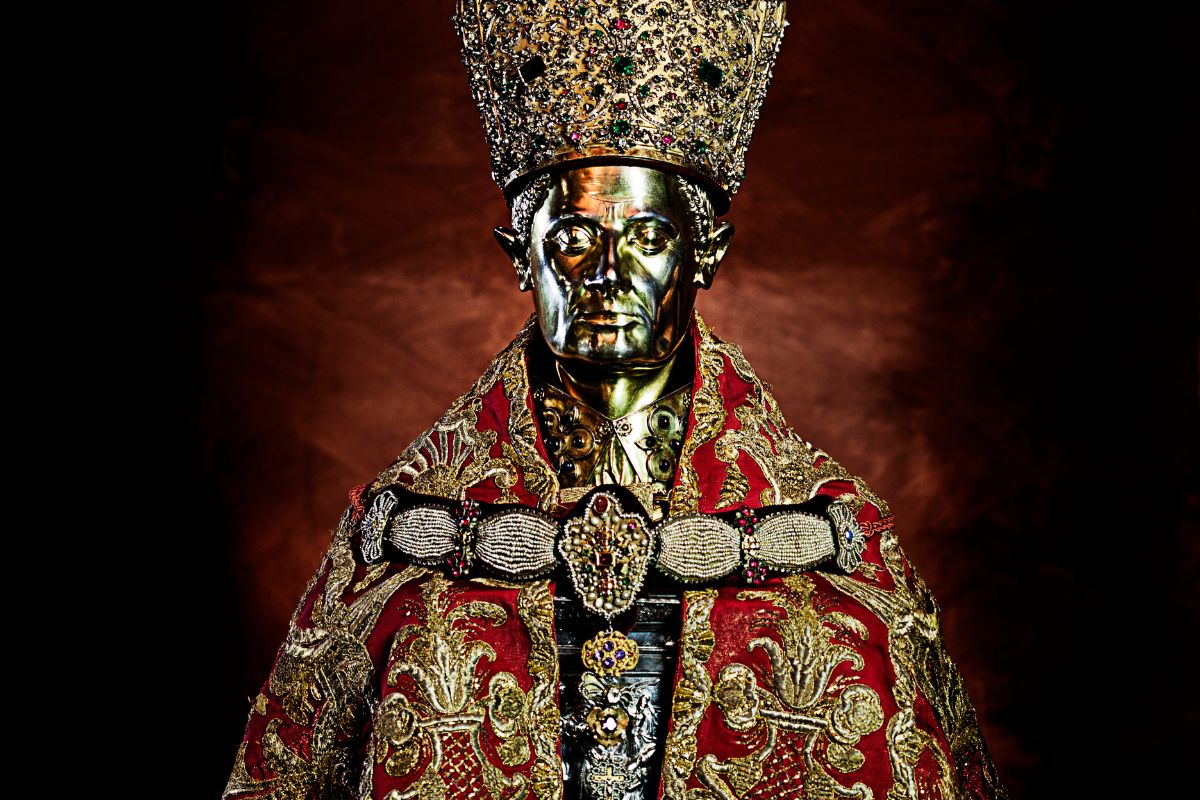
This collection, one of the most important in the world, includes precious objects donated by monarchs, popes, and devotees over centuries. Located in the Museum of the Treasure of San Gennaro, it features exquisite pieces of jewelry, statues, and paintings, reflecting the deep devotion of the people and the artistic excellence of Neapolitan craftsmanship.
#3Frescoes and Paintings
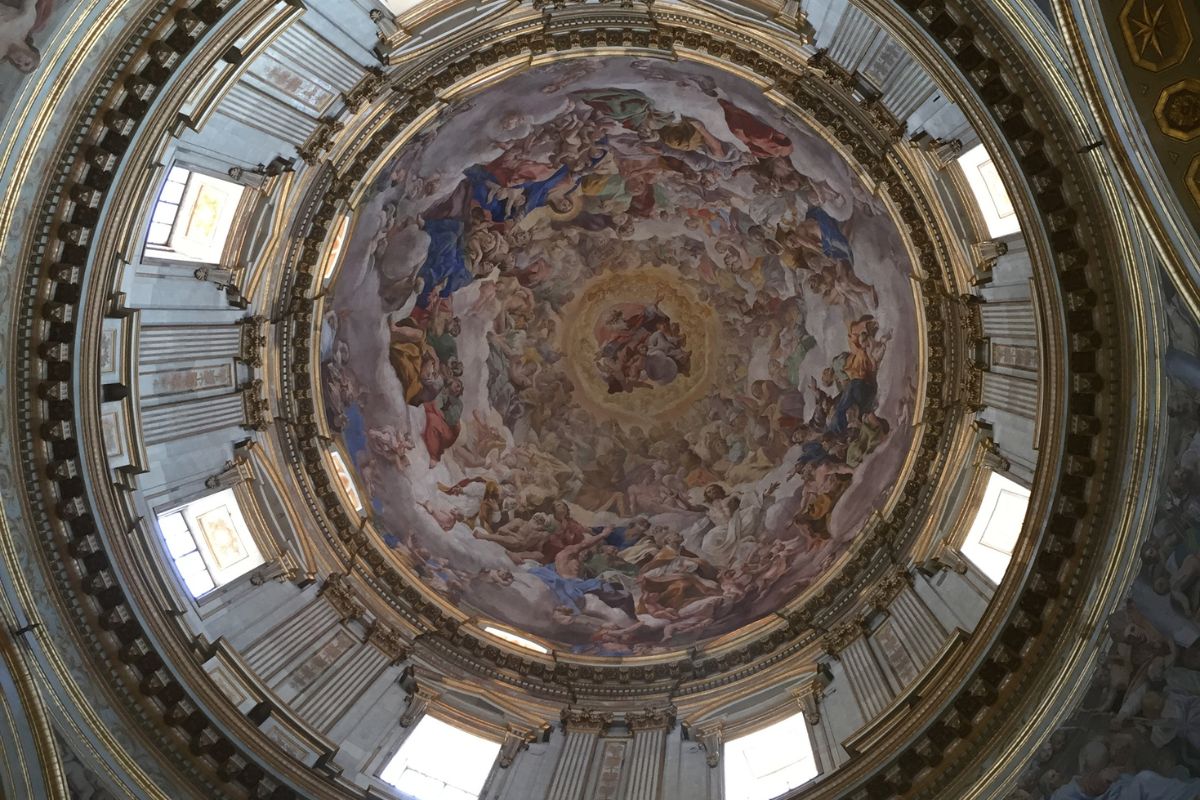
The Chapel of San Gennaro in the cathedral and other churches throughout Naples are adorned with frescoes and paintings that depict the life and miracles of the saint. These works, created by prominent artists over the centuries, offer a visual narrative of San Gennaro’s significance, blending religious devotion with artistic expression.
#4 Sculptures and Statues
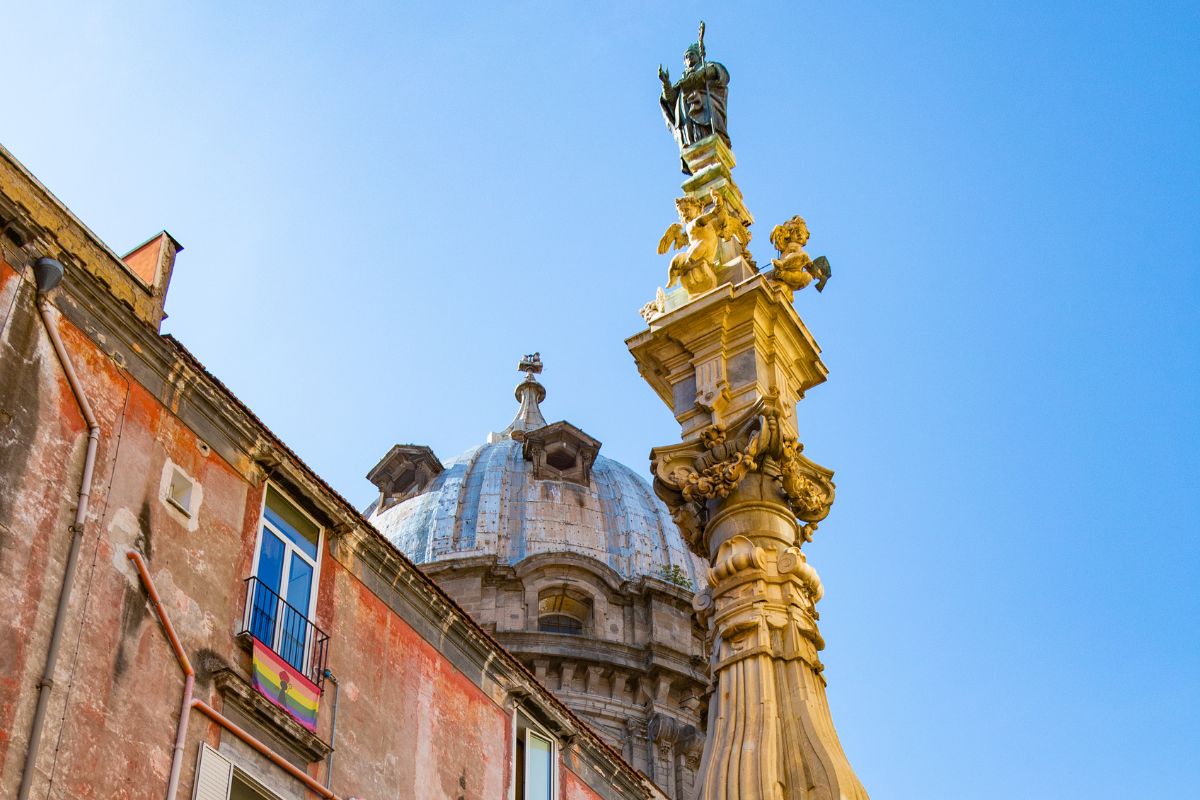
Numerous sculptures and statues of San Gennaro, found in public spaces and churches, stand as testament to the city’s reverence for their patron saint. These pieces, ranging from medieval to modern interpretations, illustrate the evolution of art styles and the constant inspiration San Gennaro provides to artists.
These artifacts not only adorn the city but also embody the collective memory and identity of its people. They serve as a bridge between the past and present, allowing both the faithful and visitors to connect with the rich tapestry of Neapolitan culture and history through the lens of San Gennaro’s legacy.
San Gennaro and Street Art
In recent years, the veneration of San Gennaro has found a new expression on the streets of Naples, blending ancient traditions with contemporary art forms. Street art dedicated to San Gennaro showcases the innovative spirit of Neapolitan artists, who reinterpret the saint’s image and miracles for a modern audience.
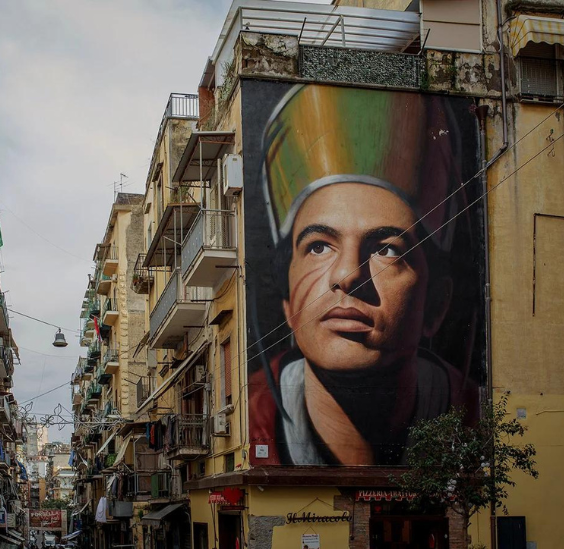
Murals: Large-scale murals depicting San Gennaro adorn the facades of buildings in various neighborhoods, bringing sacred art into the public sphere. These artworks, often created by well-known street artists, depict the saint in modern attire or settings, making his presence felt in the daily lives of the city’s residents.
Graffiti and Stencils: Graffiti and stencil art featuring San Gennaro can be found in alleyways and on street corners, portraying him as a protector and guardian of the city. This form of street art, accessible and immediate, speaks to the younger generations, connecting them with their cultural heritage in a language they understand.
Public Installations: Temporary art installations and public sculptures of San Gennaro during festivals and cultural events further enrich the city’s urban landscape. These pieces, interactive and engaging, invite passersby to reflect on the saint’s role in contemporary Neapolitan society.
This vibrant street art scene not only pays homage to San Gennaro but also revitalizes public spaces, fostering a sense of community and pride. It demonstrates how traditional narratives can be reimagined and celebrated in new, creative ways, ensuring that the legacy of San Gennaro continues to inspire and unite Neapolitans of all ages.
Buildings Connected to San Gennaro
The architectural landscape of Naples is dotted with edifices that stand as enduring symbols of devotion to San Gennaro. These buildings, ranging from ancient churches to significant historical sites, offer a tangible connection to the past and a space for the communal expression of faith.
#1 The Cathedral of Naples

The heart of religious life in Naples, the cathedral is dedicated to San Gennaro and houses the precious relics of his blood. The Duomo, with its stunning Gothic architecture, is the site of the biannual miracle of blood liquefaction, drawing pilgrims and visitors from across the globe. The Chapel of the Treasure of San Gennaro, located within the cathedral, is adorned with artworks and treasures that pay homage to the saint’s legacy.
#2 Basilica of Santa Restituta
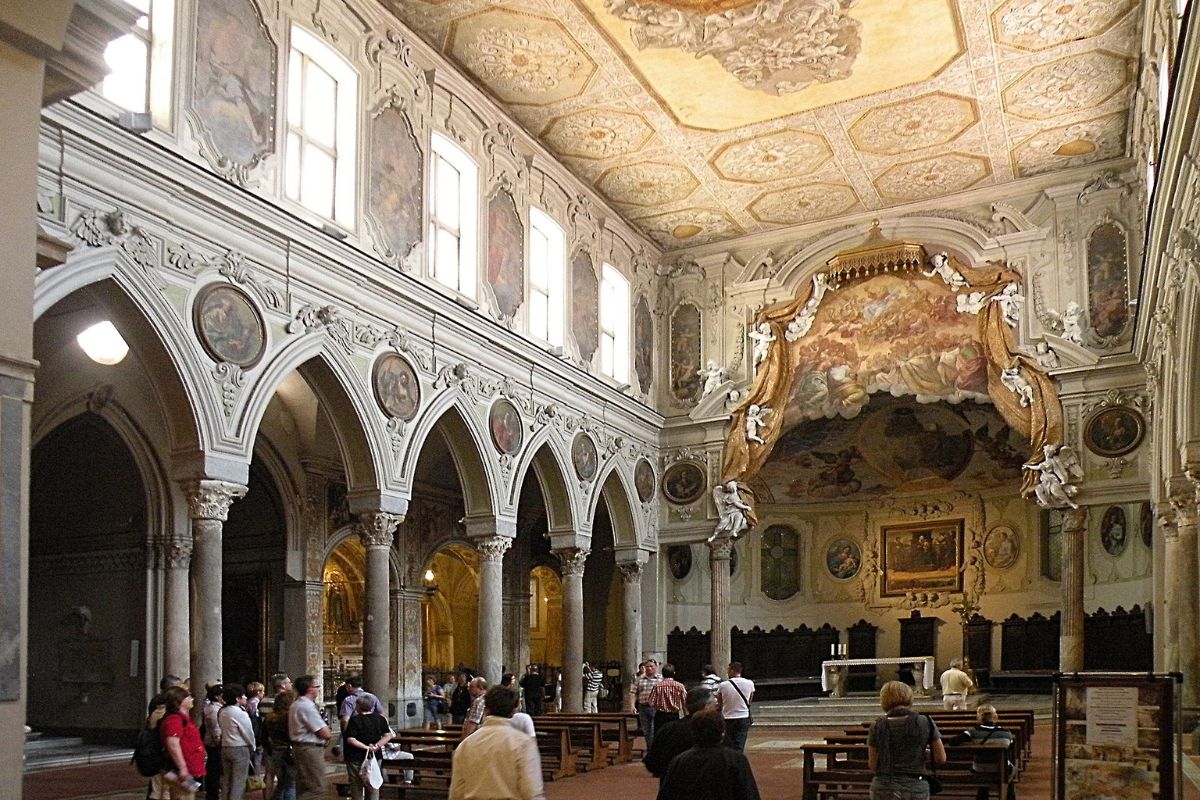
Adjacent to the cathedral, this ancient basilica is one of the oldest Christian sites in Naples. It incorporates layers of history that date back to the early Christian period, providing a unique insight into the religious and cultural evolution of the city. The basilica’s connection to San Gennaro through proximity and history enhances its significance as a place of worship and pilgrimage.
#3 The Church of San Gennaro all’Olmo
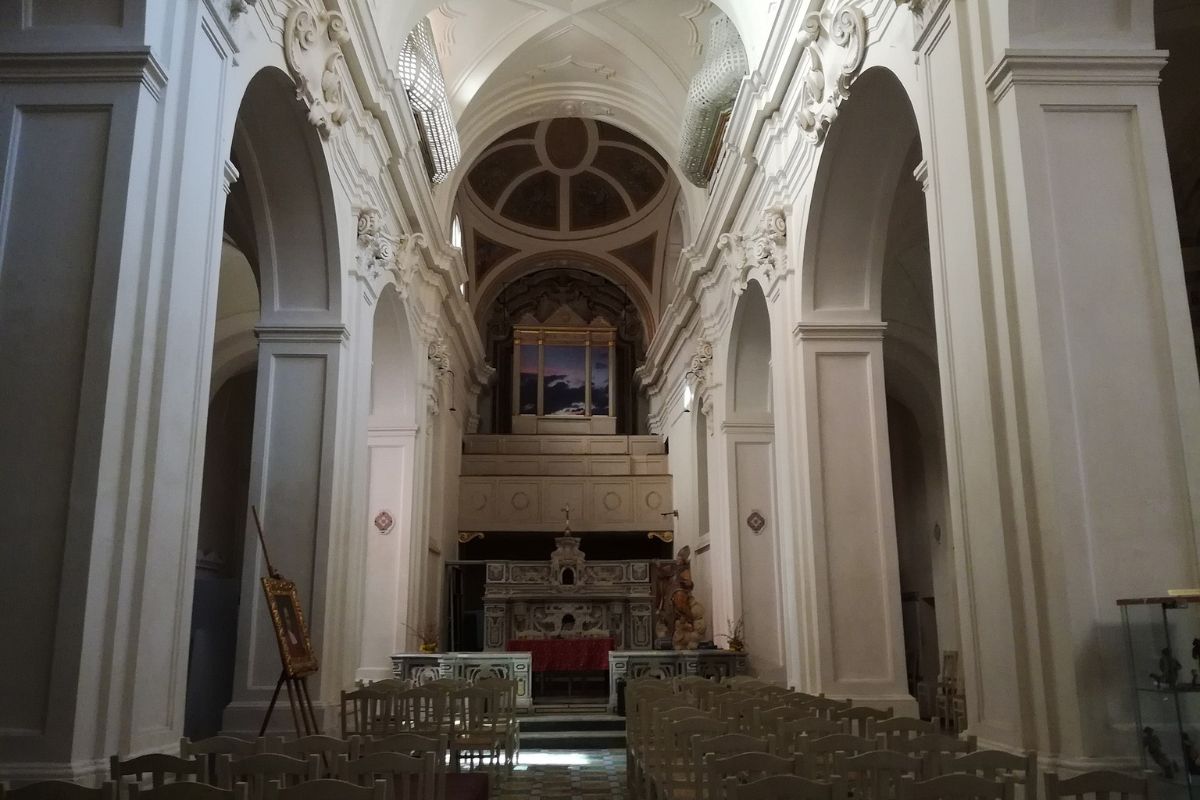
This church holds a special place in the hearts of Neapolitans, dedicated to San Gennaro and known for its intimate connection with the local community. It stands as a testament to the widespread veneration of the saint throughout Naples, beyond the grandeur of the cathedral.
#4 The Sanctuary of San Gennaro ad Antignano
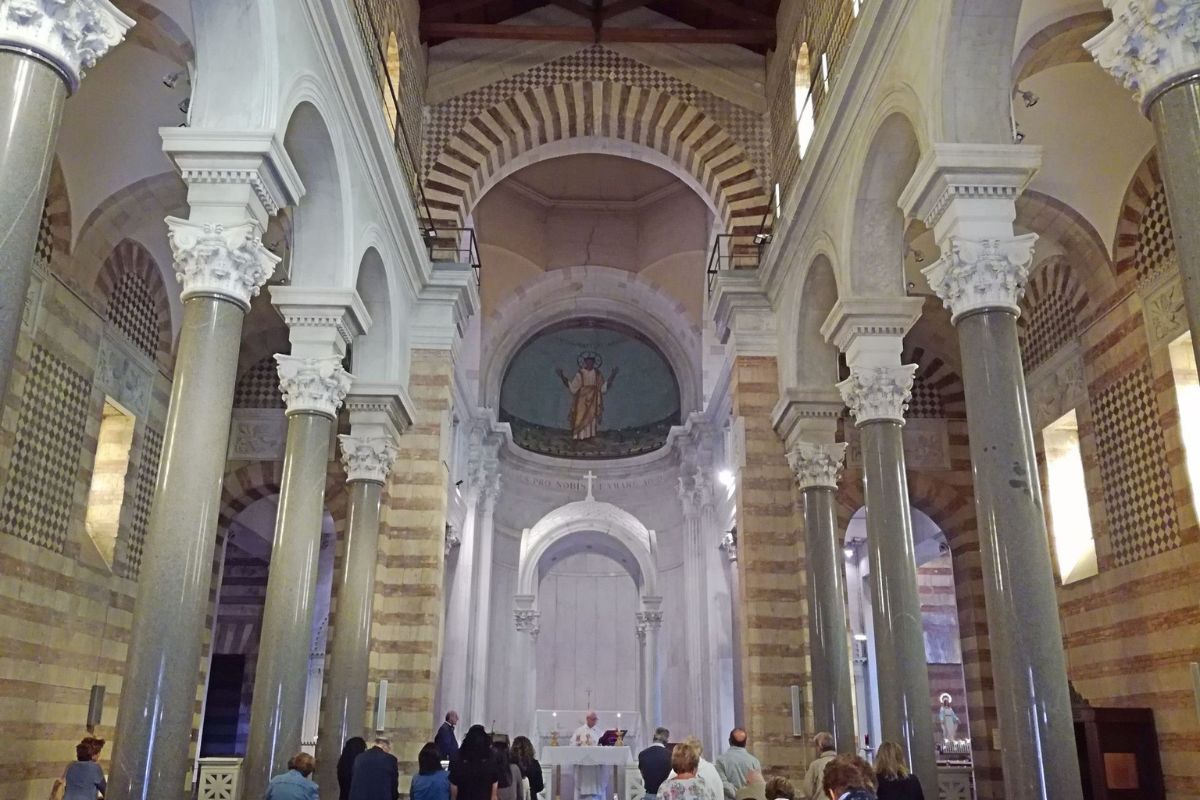
Located in a more residential area of Naples, this sanctuary is a modern homage to the saint, reflecting his ubiquitous presence in the life of the city. It serves as a focal point for local devotion, hosting celebrations and events that honor San Gennaro’s legacy.
The Catacombs of San Gennaro
The Catacombs of San Gennaro, an ancient Christian burial site, offer a profound insight into the early Christian history of Naples and the veneration of its patron saint. This extensive underground complex, originally the burial site of San Gennaro himself, is a sacred place that connects the present-day city with its spiritual roots.

Historical Significance: The catacombs date back to the 2nd century and were expanded in the 4th century to accommodate the tomb of San Gennaro. They represent one of the most significant early Christian burial sites in Italy, with intricate frescoes, mosaics, and inscriptions that provide invaluable insights into the religious life and art of the period.
Artistic and Religious Heritage: The walls of the catacombs are adorned with some of the earliest Christian frescoes in the world, depicting biblical scenes and saints. The art found here is not only of great historical value but also serves as a testament to the deep spiritual connection between the city and San Gennaro. The frescoes of San Gennaro performing miracles and the representations of early Christian symbols underscore the catacombs’ role as a place of worship and veneration.
A Pilgrimage Site: For centuries, the Catacombs of San Gennaro have been a destination for pilgrims seeking to connect with the saint’s legacy. The serene and solemn atmosphere of the catacombs offers a space for reflection and prayer, allowing visitors to trace the footsteps of ancient worshippers and to feel the presence of San Gennaro in a direct and tangible way.
Cultural and Educational Importance: Today, the catacombs are not only a site of religious significance but also a cultural and educational resource. Guided tours provide insights into the early Christian history of Naples, the art and architecture of the catacombs, and the life and miracles of San Gennaro. These tours help to preserve and disseminate the rich heritage of Naples, making the catacombs a vital link between the past and present.
The Catacombs of San Gennaro thus serve as a bridge across centuries, embodying the spiritual, cultural, and historical continuum of Naples. They invite exploration and contemplation, offering a unique window into the soul of the city and its patron saint.
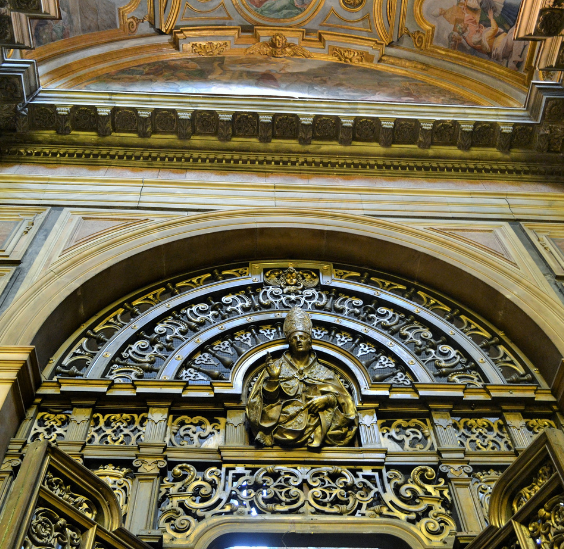
Through the exploration of San Gennaro’s legacy, from the artistic artifacts and vibrant street art to the sacred buildings and ancient catacombs, we’ve traversed a journey through Naples’ rich tapestry of faith, culture, and history. This narrative not only highlights the profound connection between the city and its patron saint but also showcases the diverse ways in which San Gennaro’s presence is felt and celebrated. In doing so, it reveals the enduring spirit and resilience of Naples, a city forever under the protective gaze of San Gennaro.



